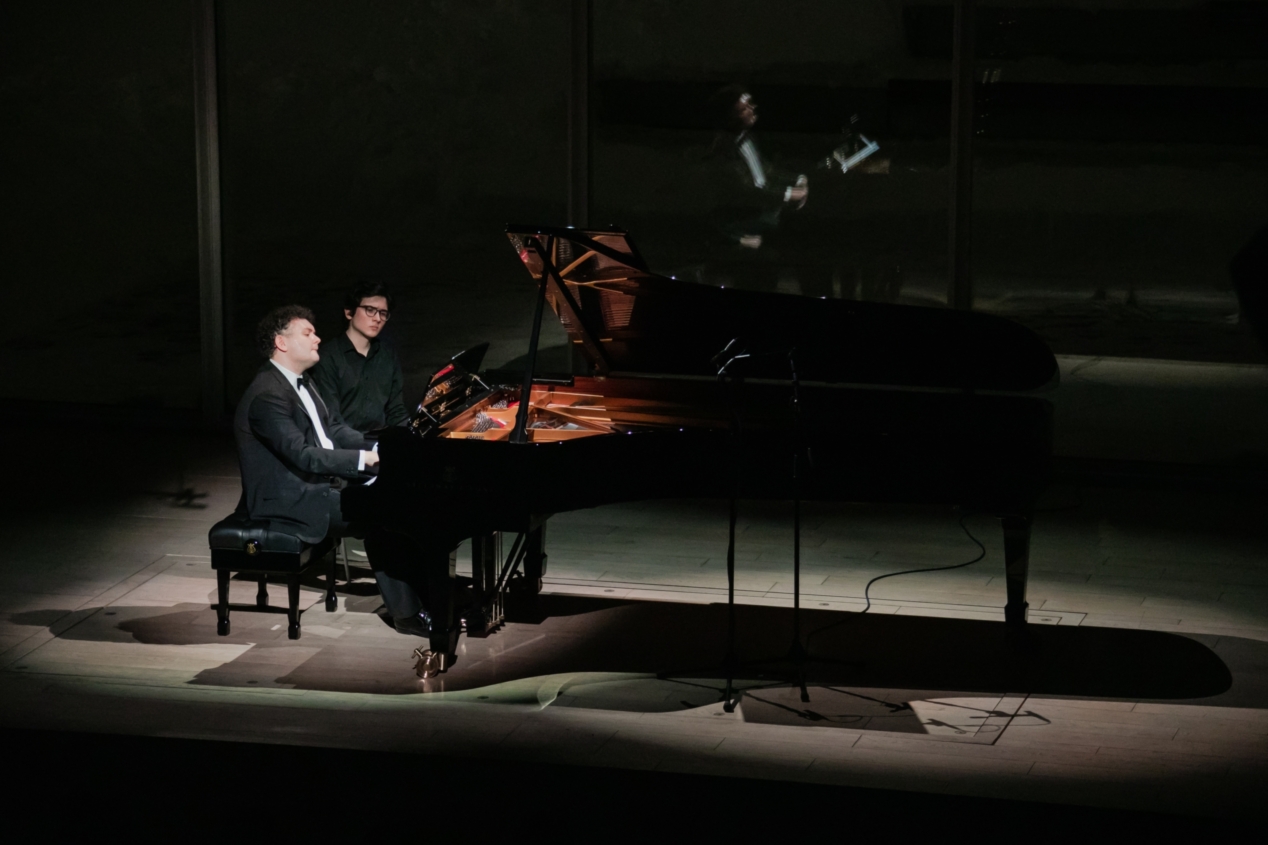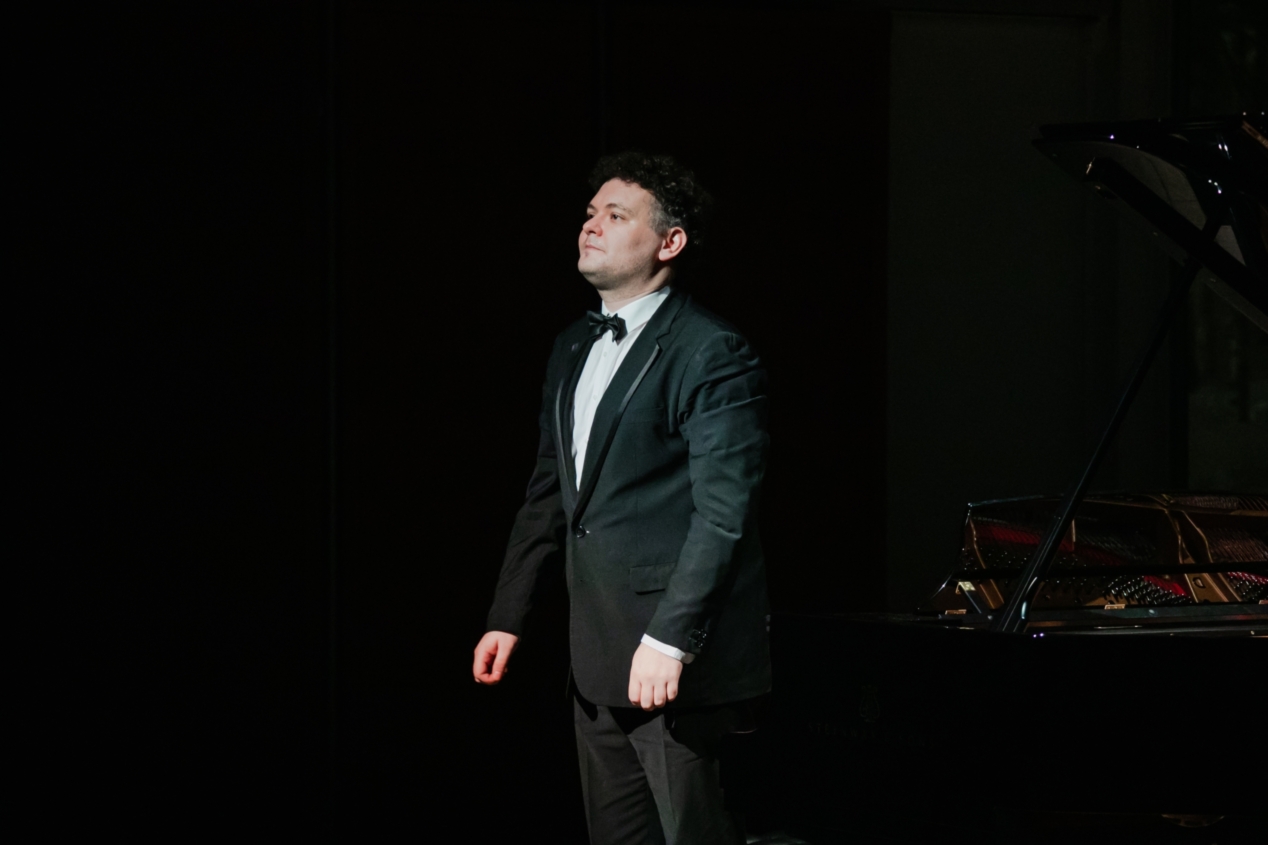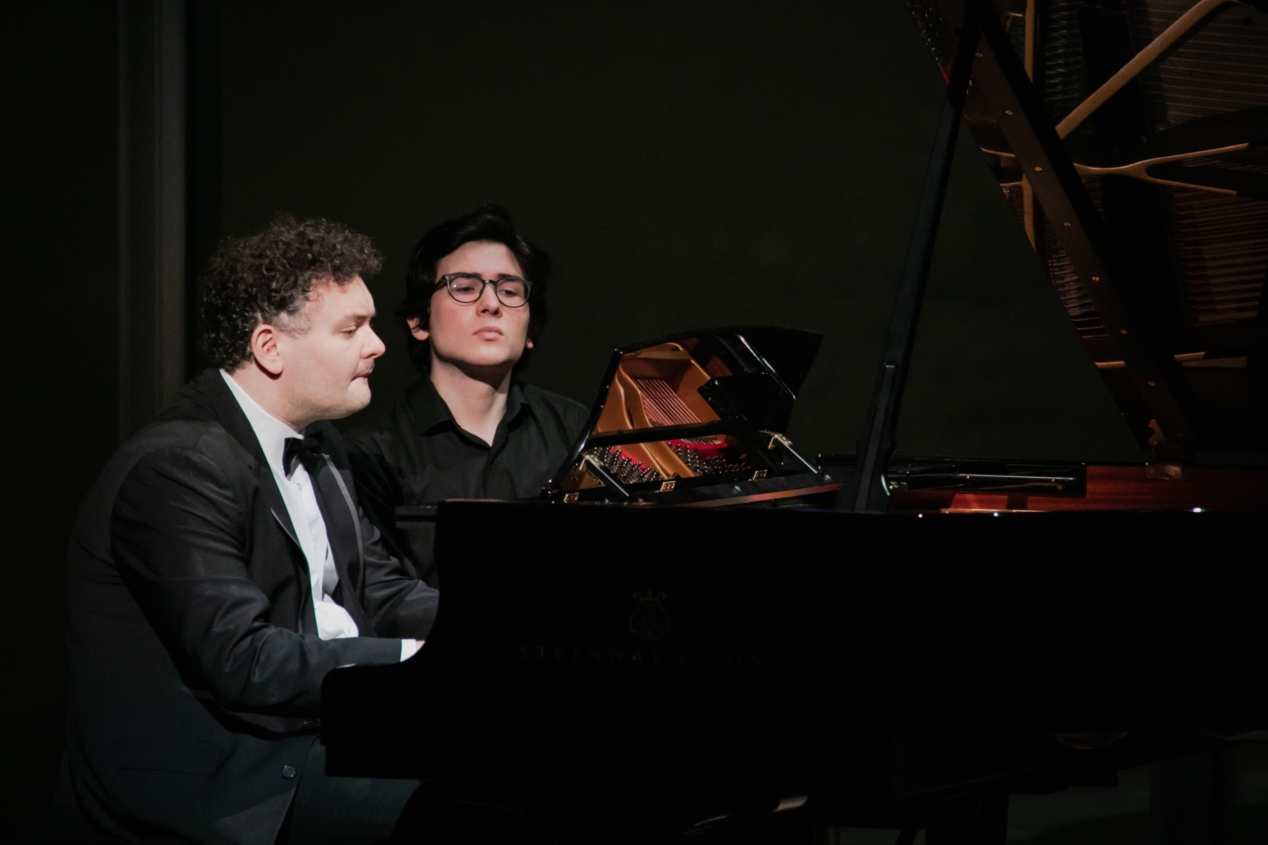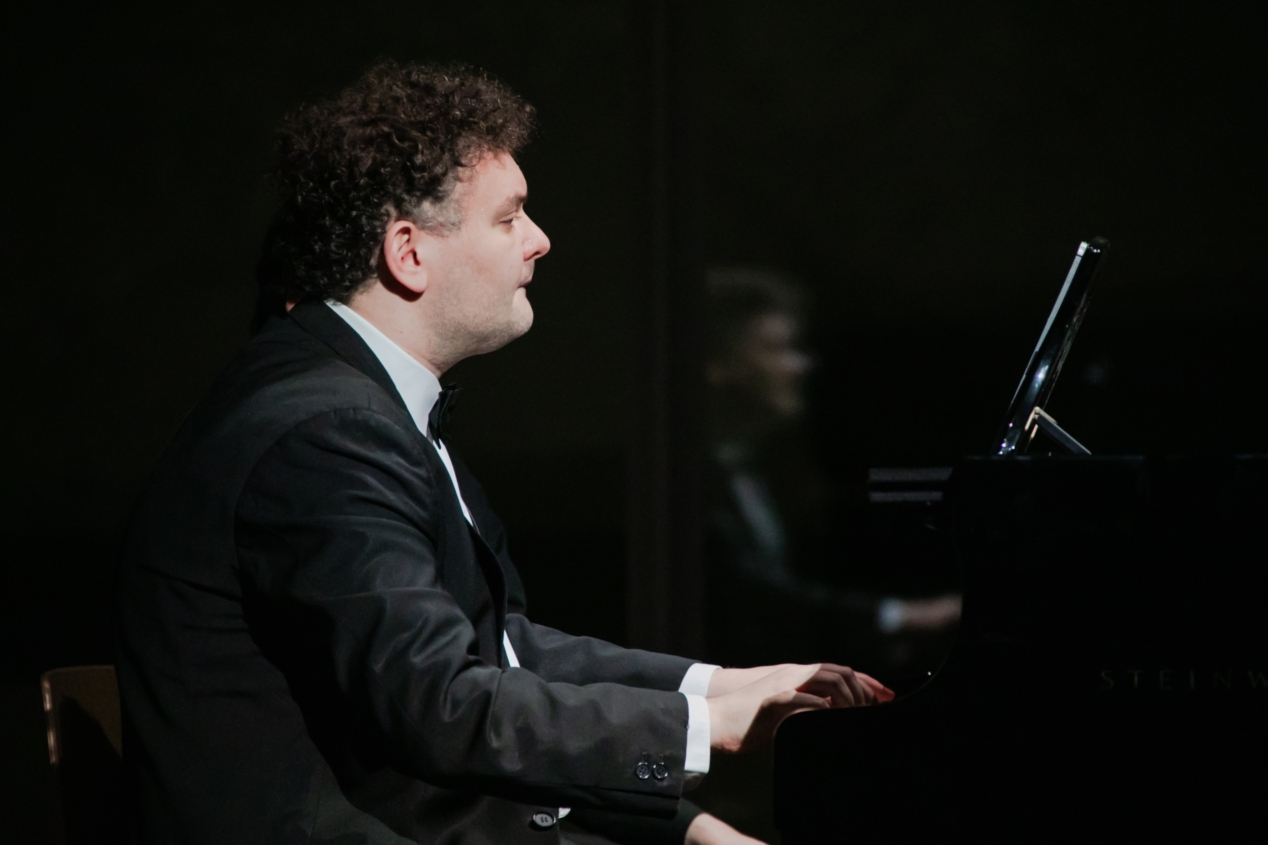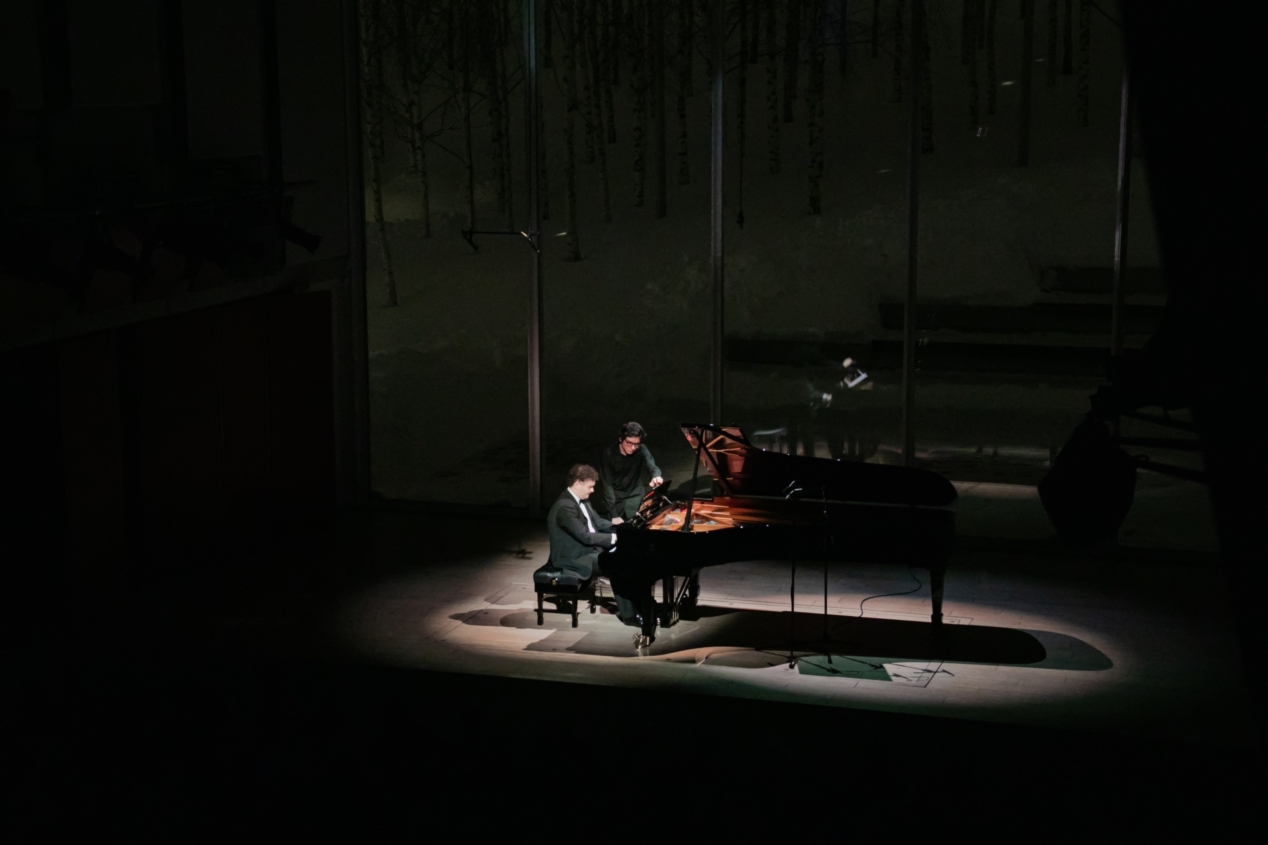For the Refitting Old Ships programme, the intellectual pianist Yury Favorin offers his interpretation of the cycle—at
Goldberg Variations. Yury Favorin
- Date:
16 Dec 2023
- Age restrictions
- 12+
Programme
Johann Sebastian Bach (1685–1750)
Aria with Thirty Variations BWV 988
(Goldberg Variations)
Performed by
Yury Favorin piano
In the early eighteenth century, the German music scene witnessed heated discussions about “learned” polyphonic music—some of Bach’s contemporaries considered it archaic and a leftover of the past, others saw polyphony as the summit of development of the composer’s art. As if in response to this dispute between conservatives and progressives, the Goldberg Variations were completed in 1741. They are one of Bach’s most important late masterpieces, in which he synthesises traditional forms of musical thinking with the latest artistic trends of his time, above all the so-called “gallant style” popular in European music of the 1730s—1740s. As the musicologist Alexander Velikovsky notes: “combining different national music styles—Italian, French, Polish, and German, Bach masterfully recreates the atmosphere of cosmopolitan Dresden, from where he drew many new ideas.”
The Goldberg Variations are a union of music and metaphysics, the realm of technical transcendence. It is, in short, music which observes neither end nor beginning, music with neither real climax nor real resolution, music which, like Baudelaire’s lovers, “rests lightly on the wings of the unchecked wind.” It has, then, unity through intuitive perception, unity born of craft and scrutiny, mellowed by mastery achieved, and revealed to us, as so rarely in art, in the vision of subconscious design exulting upon a pinnacle of potency.
— Glenn Gould
Photo: Anya Todich
It is not known for certain how the Variations first appeared. Bach is only believed to have tried his hand at something similar once before, in the Aria and Ten Variations in the Italian Style (1709). It is thought that the Goldberg Variations were commissioned by the Russian ambassador to Saxony, Herman Karl von Keyserling, who helped Bach to obtain the position of composer at the court of King Augustus III of Poland and Elector of Saxony. The work was named after Count Keyserling’s personal musician, the harpsichordist Johann Gottlieb Goldberg, who was probably also the first performer of the cycle.
The largest keyboard work published in the Baroque period, the Goldberg Variations continues to dazzle with its artistic diversity, universal musical language, and classical perfection of proportions. Its symmetric construction—the aria theme appears twice at the start and end of the work, which itself consists of two sub-cycles, each divided into fifteen variations—has given rise to many theories about the sources of the composer’s inspiration. Some scholars see the cycle as an embodiment of the mediaeval picture of the world, split into two hemispheres that reflect one another, the earthly and the heavenly. Others view the work in the light of Plato’s ideas on the harmony of the spheres (and ascribe a planet to each variation). Yet others perceive the Variations as a musical interpretation of the principles of the oratory art, or as Bach’s attempt to build a work on mathematical principles and the symbolism of numbers.
The Aria WIth Thirty Variations has gone down in history as a monument of keyboard music, which very few performers dare to even approach. For the Refitting Old Ships programme, the intellectual pianist Yury Favorin offers his interpretation of the cycle—at
Yury Favorin (b. 1986, Moscow) graduated from the Tchaikovsky Conservatory in Moscow. He continued his studies there under Mikhail Voskresensky and at the Mozarteum University in Salzburg under Jacques Rouvier. Favorin performs solo concerts and in ensembles with the leading symphony and chamber orchestras of Russia, Europe, and Japan. Together with the composer Alexey Sysoev and the percussionist Dmitry Shchelkin, he founded the ensemble of free improvisational music Error 404.
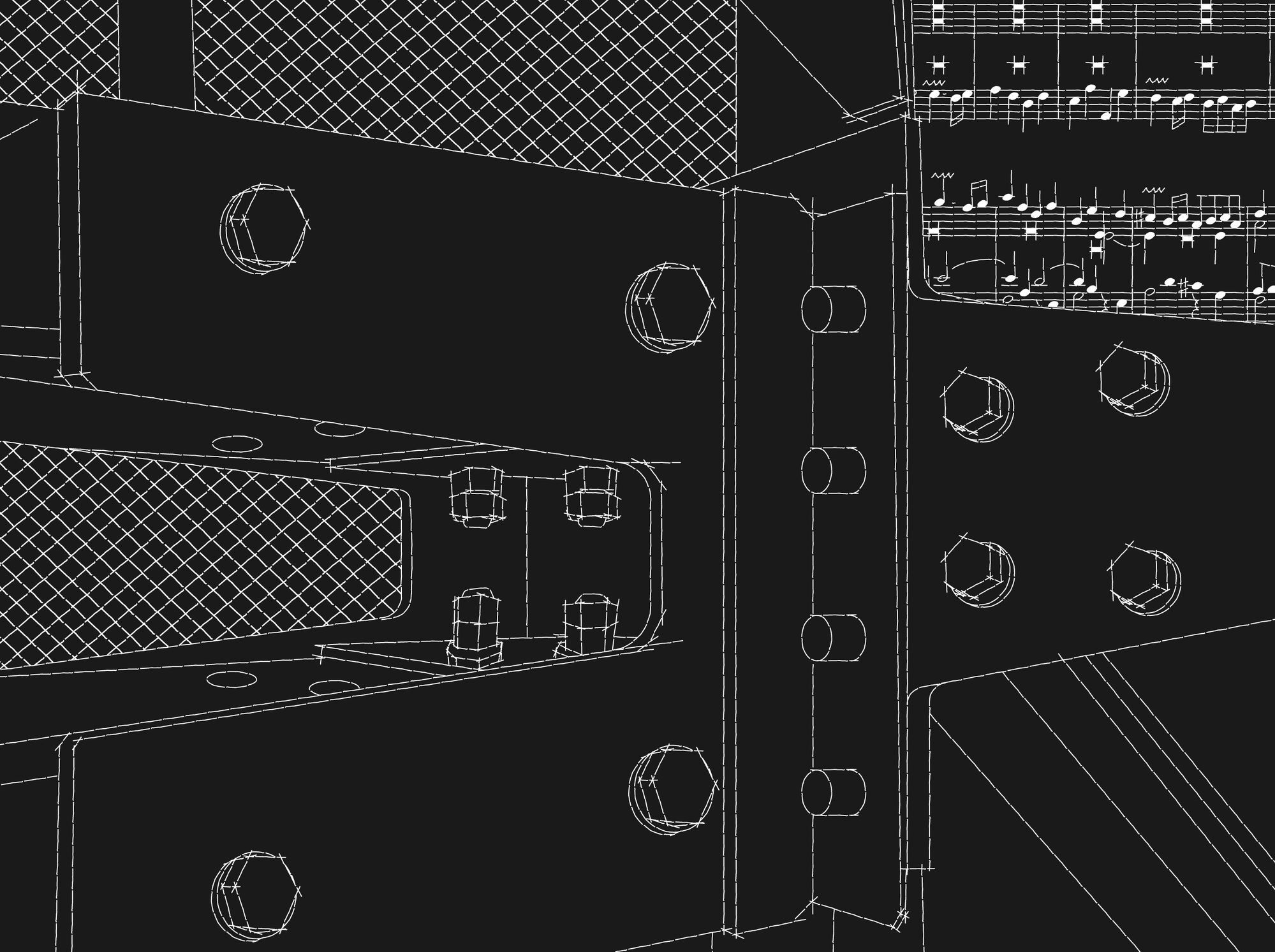
Illustration: Masha Bazilevskaya
